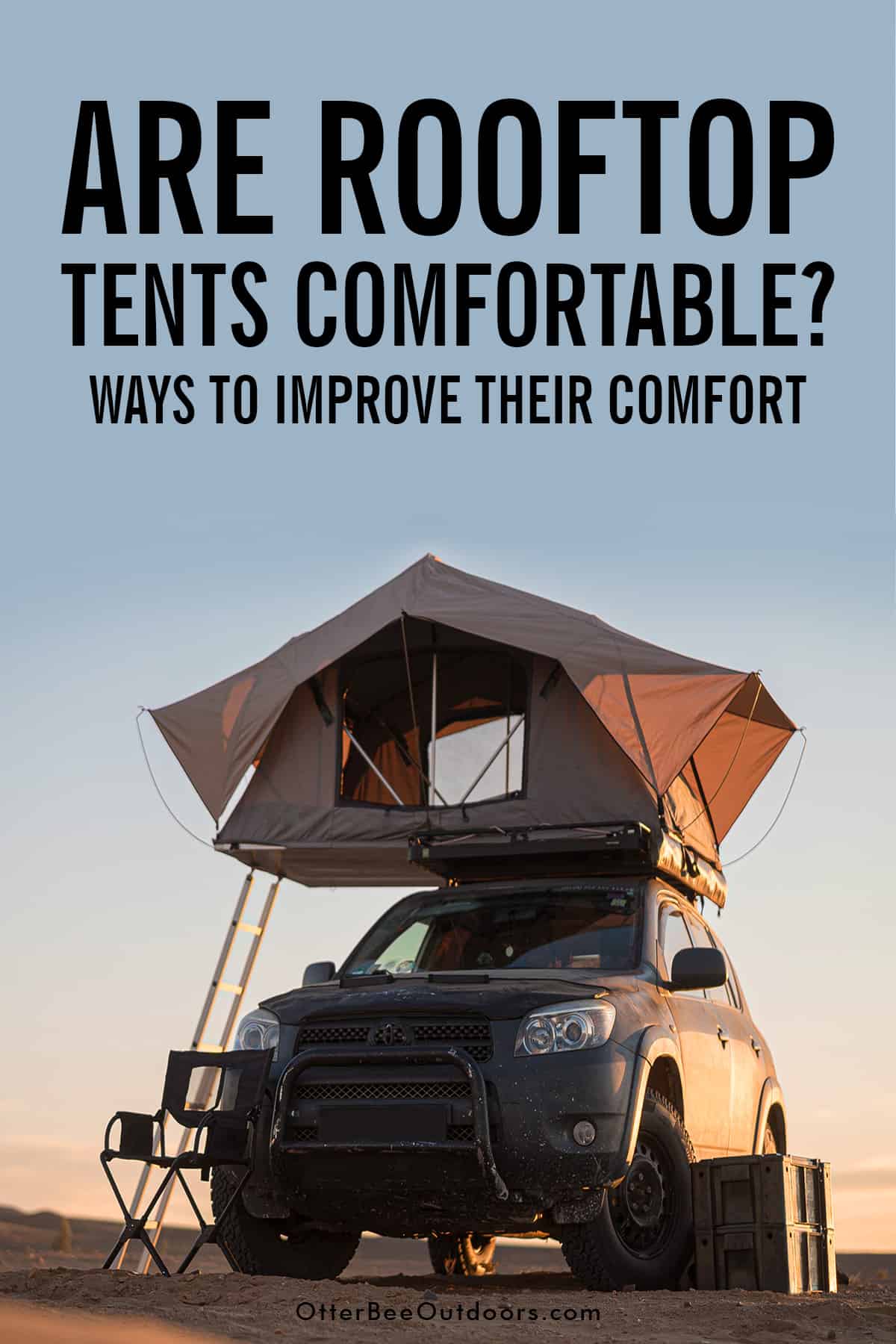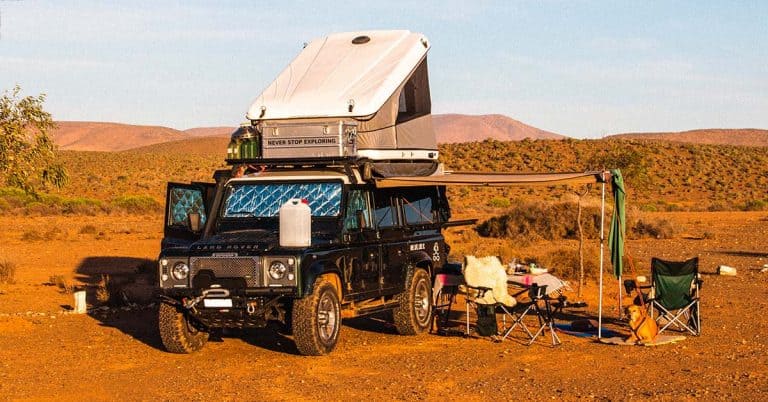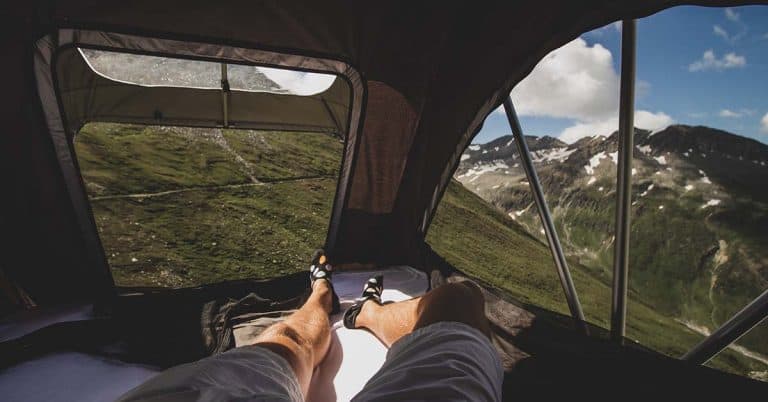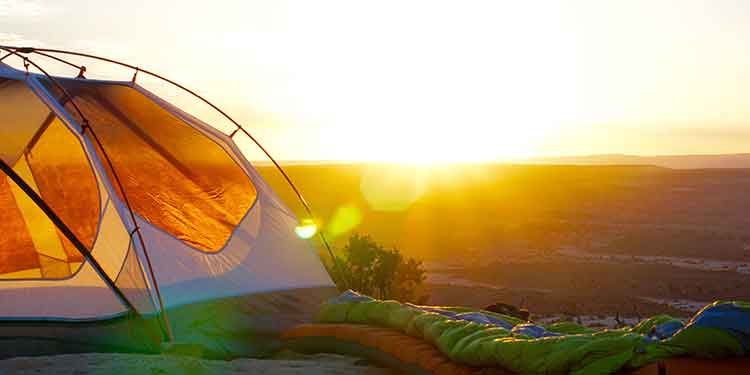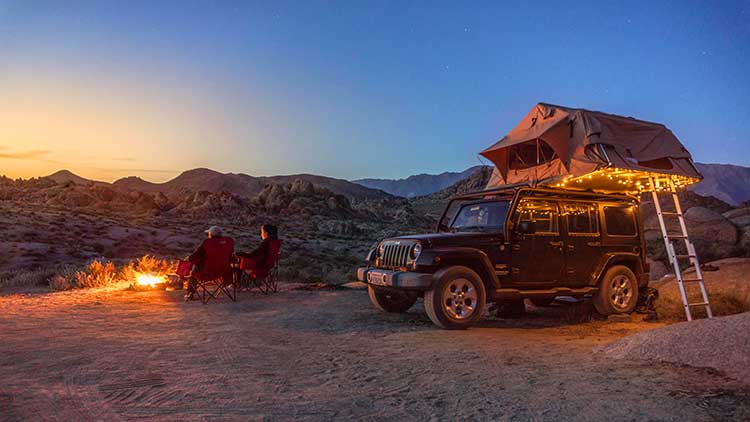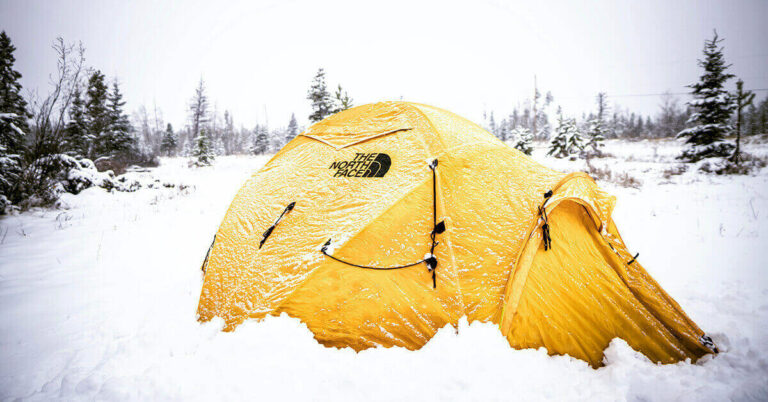Disclosure: I am compensated for purchases made through some links on this site. Click for details.
As I get older, comfort in the outdoors is of growing importance. It’s also important when I consider my wife’s and two girls’ future enjoyment of the outdoors. I want them to think of camping fondly and not drudgery in the wild with their old man.
As roof top tents become more popular in the US, I have to wonder about the future of my ground tent. One major reason people are drawn to these roof top safe havens is comfort.
Roof top tents can be very comfortable. They are up off the cold hard, lumpy, ground, and come with a high-density foam mattress. Different brands and models have mattresses of varied thicknesses and quality that can rival your bed at home. Comfortable pillows and a blanket add to the lavishness.
So what are the comfort features of roof top tents and how do soft shell and hard shell roof top tents differ in comfort? Let’s dive in and take a look…
If you have other questions about roof top tents, check out Roof Top Tent Questions and Answers.
Roof Top Tent Sleeping Comfort
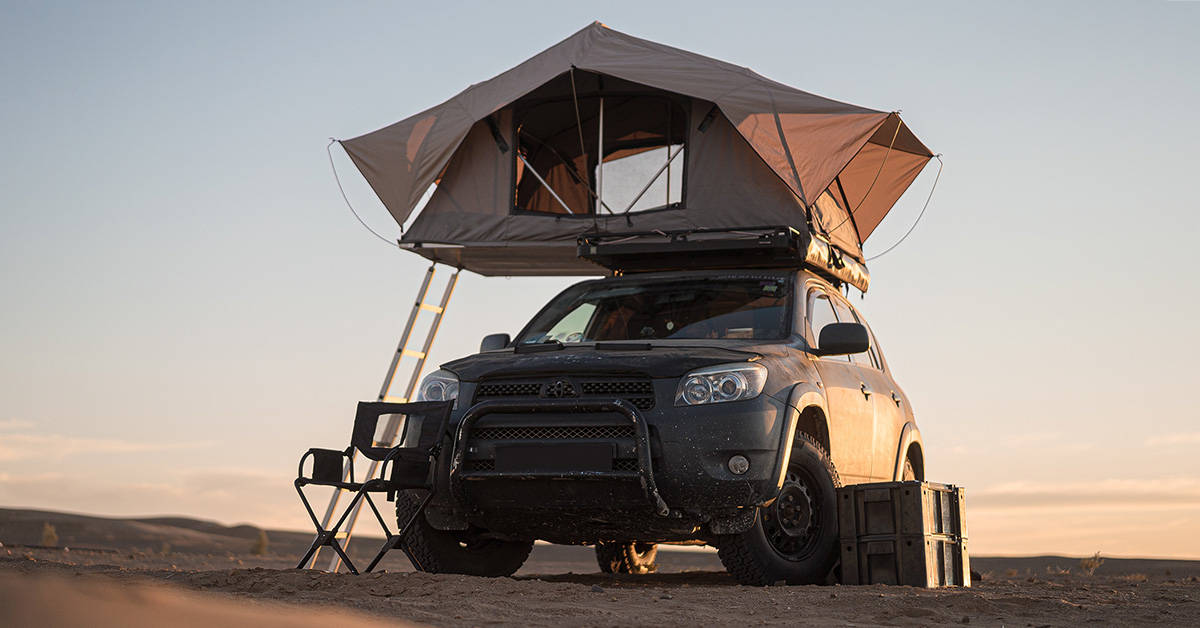
Roof top tents have built-in comfort features: a solid, smooth platform that is off the ground, a built-in high-density foam mattress, and thick, weatherproof walls.
Roof top Tent Platform
The roof top tent platform is the base on which sleeping comfort is built. Its surface of fiberglass, aluminum, or steel provides a great advantage over rocky, damp, cold, or uneven ground. No matter the ground conditions at your campsite. The roof top tent’s platform is smooth, flat, and dry.
This smooth, flat platform is a common design feature of all roof top tents though materials, build quality, and design features of the tents differ widely among brands. Some of the better brands to look at are Roofnest, Thule, and iKamper. These brands are made with care and attention to detail.
Tip: If you can’t find a place that is perfectly level to park, you’ll want to use leveling tools to level your vehicle. Otherwise, you’ll feel like you are sliding or want to roll to one side of the tent. For more, check out my article on how to level a roof top tent.
High-Density Memory Foam Mattresses
Roof top tents come with a high-density foam mattress that feels like a real bed. Mattress quality varies among brands. To improve comfort, mattresses can be upgraded or a 2-inch memory foam topper can be placed on top of the stock mattress of some roof top tents and still get the tent to close.
Hard shell roof top tents that have an ultra-thin profile, fold-out style hard shell roof top tents, and some soft shell roof top tents can’t always accommodate thicker mattresses or toppers.
No matter which roof top tent you buy their memory foam mattress will be vastly more comfortable than a sleeping pad, camping matt, or air mattress and there’s no setup necessary.
Reduced Exposure to Wildlife
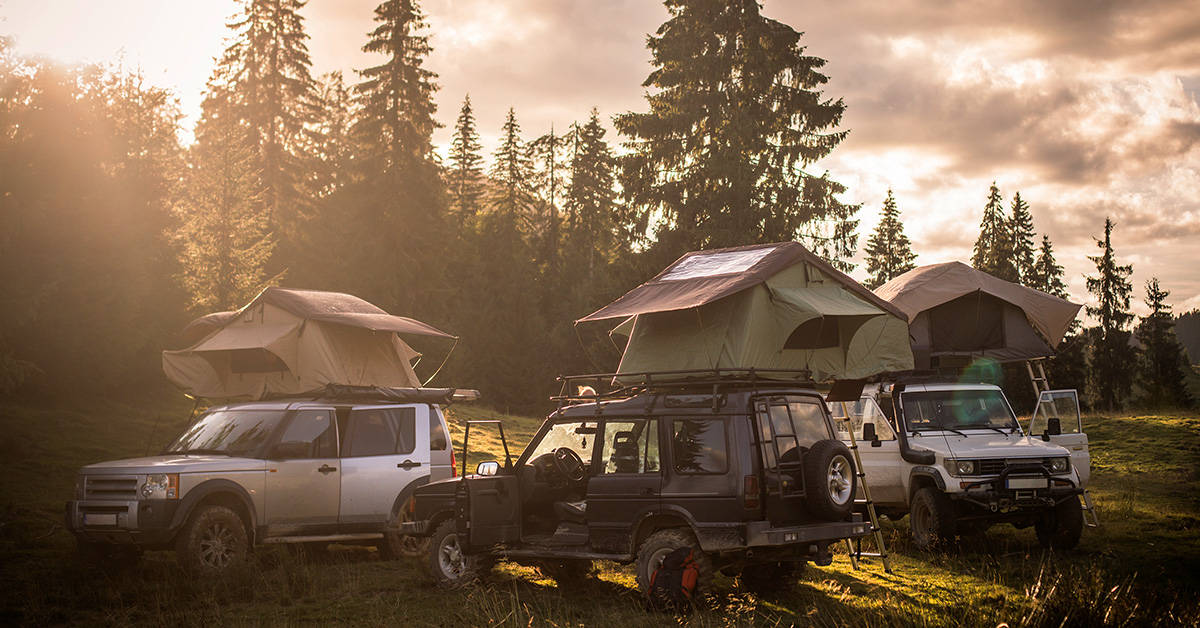
As campers, we enjoy nature as long as it stays in its place and many times at a respectable distance. We certainly don’t want wildlife in our tents. Having a roof top tent elevates campers out of the reach of many animals and reduces the possibility of contact with others.
Dangerous encounters with wolves, coyotes bears, bobcats, mountain lions, raccoons, snakes, spiders, scorpions, and more are reduced when sleeping in a roof top tent. Sure, some animals can climb but climbing up a ladder makes it much harder than walking straight into a tent. Wildlife is far less likely to find its way into a roof top tent.
Roof Top Tent Climate Control
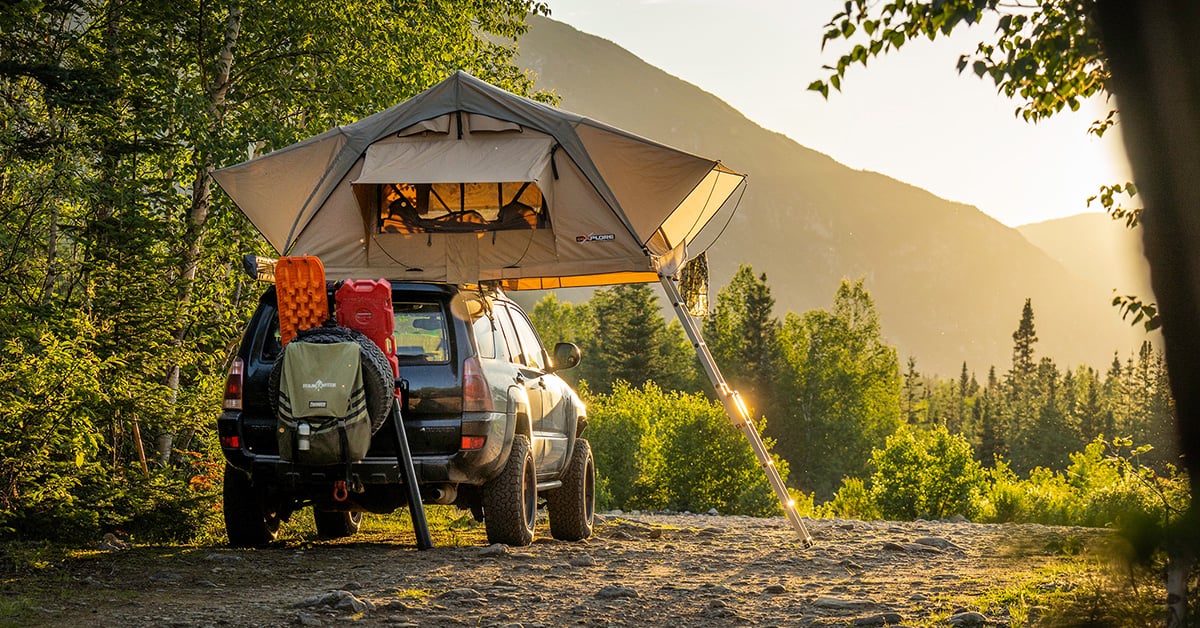
Camping exposes us to seasonal climate changes and weather that significantly affect our comfort when camping in a tent. In this section, I’ll cover a few comfort advantages of roof top tents and how to stay comfortable in hot or cold weather.
Design Benefits of Roof Top Tents for Climate Control
Four design benefits of roof top tents make camping more comfortable in certain weather conditions...
- Sleeping off the ground in a roof top tent will keep you warmer when the ground is cold. Conduction is experienced when sleeping on the cold ground in a traditional tent. Heat flows from you and any warm air in your tent into the ground.
- The thick weatherproof walls of roof top tents are far superior to the thin nylon of ground tents. The heavy canvas material reduces wind noise and protects you from wind, rain, sleet, and snow while insulating you from the cold.
- The height position of a roof top tent provides an advantage in catching a breeze over that of a ground tent.
- Roof top tents can be repositioned after being set up to catch more of a breeze in warmer weather or brace against it in colder weather. No need to break down the tent like you would with a ground tent.
Do Roof Top Tents Get Hot?
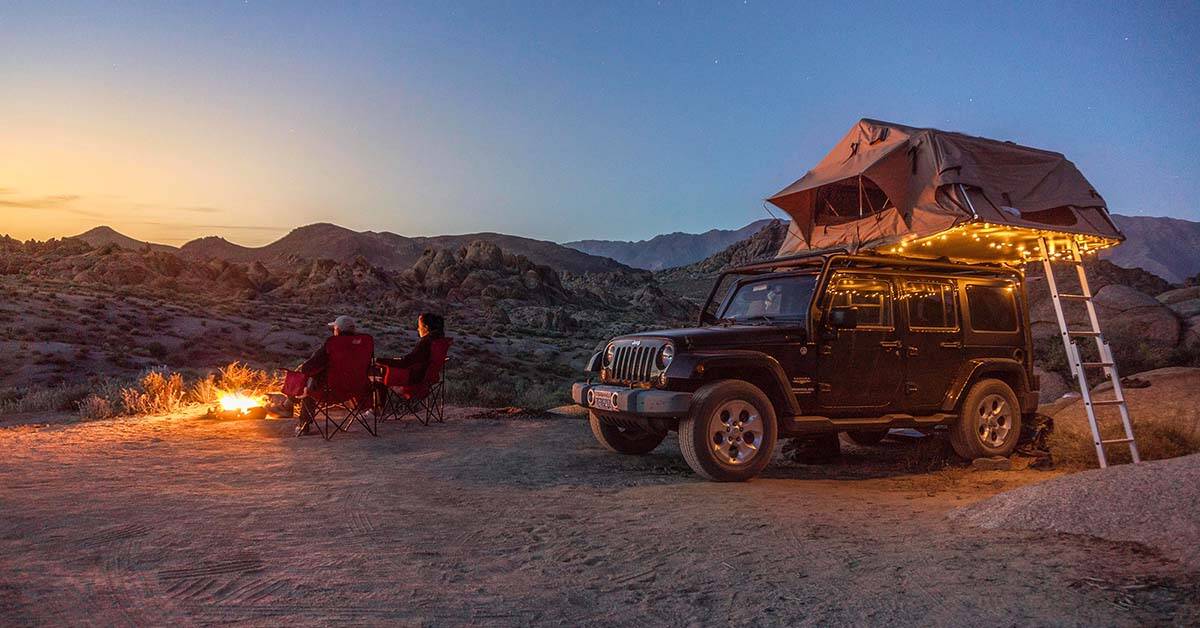
Tents tend to get hot. They trap heat. The thick material walls and insulation in roof top tents can make this issue worse. Any heat that builds up in the tent if set up during the day and your body heat can make your tent feel like a sauna. Luckily, there are great ways to cool tents.
Here are some of the best ways to keep cool in a roof top tent this summer…
- Set up your tent in a shaded area.
- Don’t set up your tent till dusk and break it down in the morning. This will prevent hot air from building up in your tent making it a sauna. Be sure to keep your tent shaded until setup time. If there’s no shade consider covering it with a reflective tarp.
- Get a little camping fan to circulate the air through the tent’s windows.
- If you want to go all-in for comfort, there’s always the Zero Breeze 2300 BTU
battery-powered portable camping air conditioner.
Are Roof Top Tents Cold?
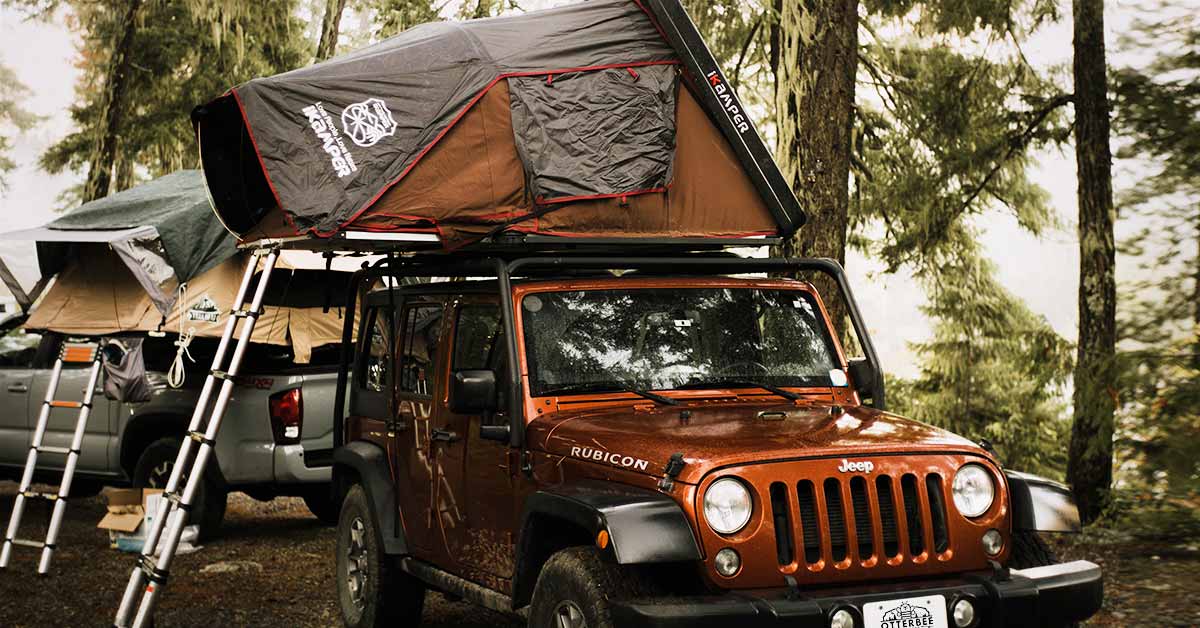
Roof top tents can get cold though they have benefits over standard ground tents. Roof top tents don’t sit on the cold ground and most are 4-season tents made of thicker materials that provide warmth. They also have foam mattresses that can hold in heat and an insulation system may also be available.
For an example of a roof top tent insulation system, check out the Ptarmigan Tent Insulation that’s available for the Roofnest Sparrow and Sparrow XL.
If you find that it’s cold in your roof top tent, warm blankets or a portable heater will give you the extra warmth you need. Just make sure you get one with an oxygen depletion sensor and accidental tip-over safety shutoff like the Mr. Heater Portable Buddy Heater.
Comfort on the Wallet
The $1000 to $5000 price tag of a roof top tent is more than that of a standard ground tent but is far cheaper than a travel trailer or RV in both price and fuel efficiency. However, you won’t have the same amenities…No kitchen, bathroom, or running water.
How Can I Make My Roof Top Tent More Comfortable?
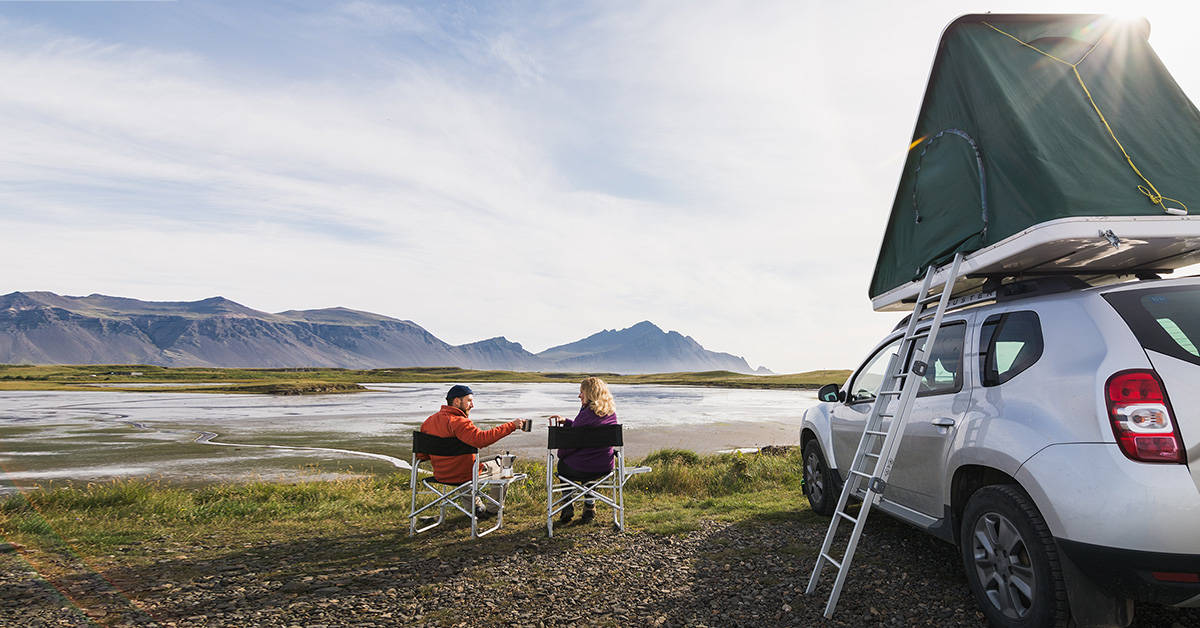
- Make sure you level your vehicle and tent.
- Upgrade your tent’s mattress or add a memory foam topper.
- Use an anti-condensation mat.
- Bring some good pillows
- Use a blanket that fits the season instead of a sleeping bag.
- For outside comfort, attach an awning or annex.
- Buy a tent insulation kit for winter camping if your tent brand offers one.
- Use a fan, portable camping air conditioner, or space heater.
- Where you set up your tent and at what time of day can also affect comfort.
- Solar panels for powering your gadgets.
You can leave a limited amount of bedding in your roof top tent when it is folded up. The amount of bedding depends on your tent. Slim roof top tents are often too tight to store much other than a sheet and thin blanket whereas others allow thick blankets, pillows, and even a mattress topper.
Tip: Bring travel storage vacuum bags and pump to minimize the space taken up by pillows, duvets, and other bedding. Some tents may not close up with extra bedding inside.
